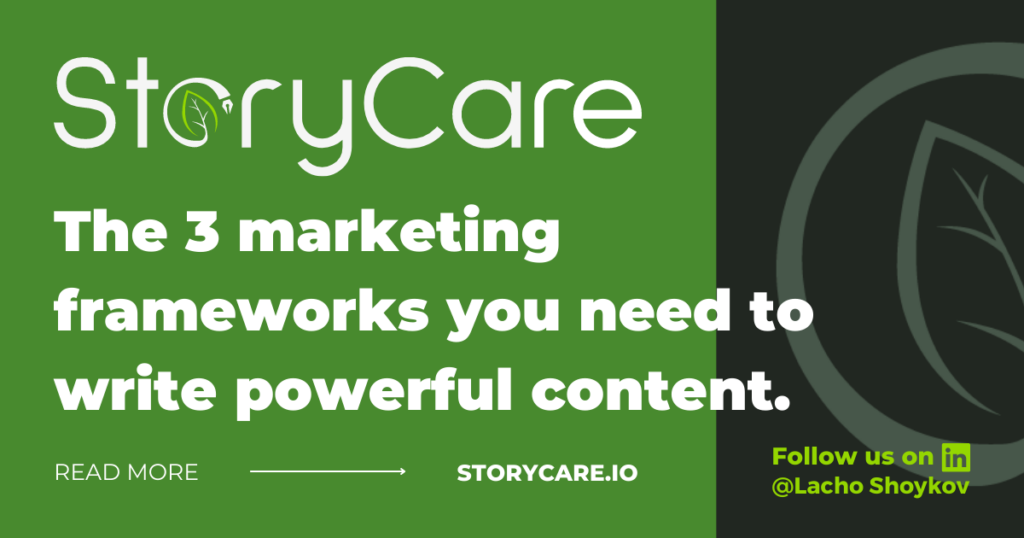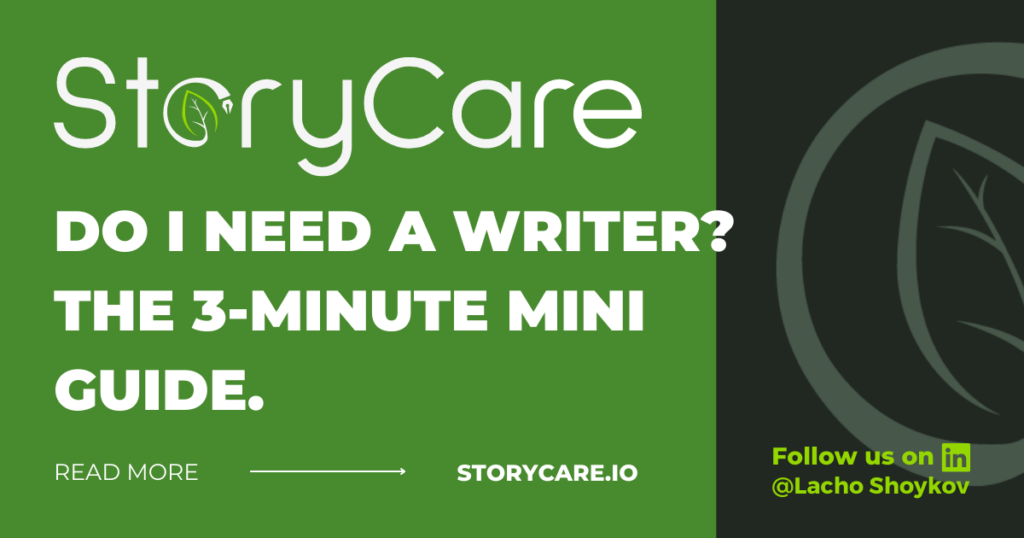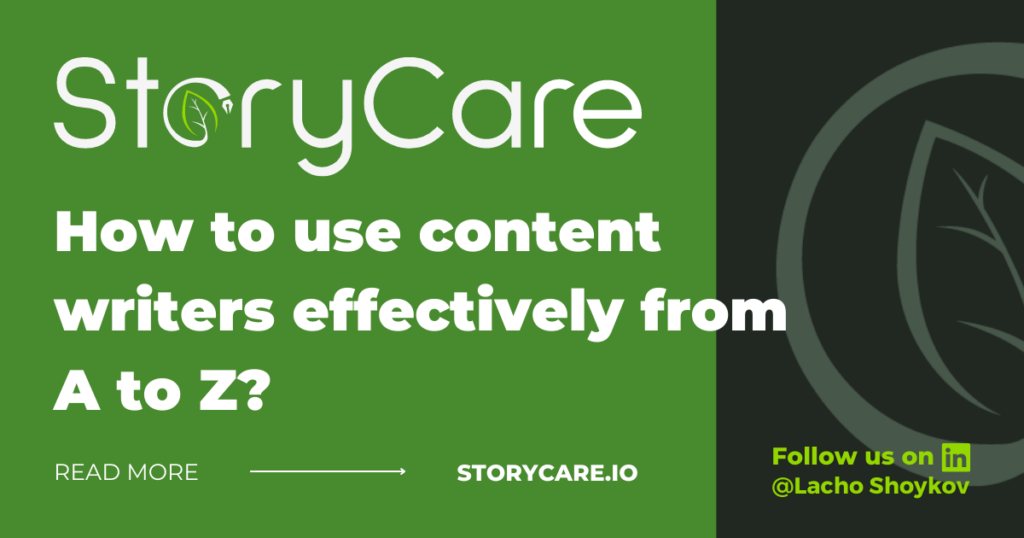The only 3 marketing frameworks you will ever need to write powerful content.
Marketing frameworks are indispensable in finding the necessary balance to deliver your message. The difference between the poison and the cure is in the dose. The success of written content is determined by how well it fits the needs of your audience.
Thus, to write compelling content, you need to understand your audience. Understanding search intent is a great way to start, but it is not enough to master content writing.
To write well consistently, you need to have a working knowledge of the top marketing frameworks because they help you take a peek inside the mind of your audience.
In this article:
Table of Contents
What is a marketing framework?

A framework is a basic structure that shapes a system, a concept, or a text. For example, many frameworks exist in marketing to help marketers break down broad concepts into manageable processes.
For example, marketers distilled the complicated task of running a business into seven specific aspects, also known as the seven principles of marketing: Product, Promotion, Price, Place, People, Process, and Physical Evidence.
As broad as they are, they aren’t beneficial when it comes to writing content. Although content creation falls into the promotion category for businesses, content is, first and foremost, about serving people.
Next, we will focus exclusively on marketing frameworks that focus on the audience and help us answer the questions below:
- Who is my target audience?
- What is my audience trying to do?
- How can I help my audience?
What is a buyer persona, and what is the right way to use one?

A marketing framework that represents your customer
Your writing will never be effective unless you know who you are writing for. A buyer persona is a marketing tool that helps you imagine your ideal prospect and focus your message on them.
A buyer persona is simply a description of your ideal client. Traditionally, it includes their demographic background, personal hobbies, goals, fears, challenges, and communication channels.
In theory, it’s supposed to help you get into a person\’s head and imagine everything about them related to their decision-making. However, this often leads marketers to get distracted by irrelevant details.
Instead of obsessing about your persona’s exact age, favorite fruit, yoga mat color, fear of spiders, or the name of their housepet, just focus on the problem they want to solve.
Human identity is an ever-changing puzzle you cannot hope to capture fully on paper. However, the human response to pain, failure, and problems is relatively predictable – frustration, anxiety, and anger.
When someone is checking out a product or a service, they are just a person with a problem who is looking for a solution and imagining how good they would feel after they get it.
So build your buyer persona around the conflict between the problem\’s pain and the solution\’s imagined relief. Describe how their situation affects their life and how the solution would improve it.
What is a marketing funnel, and how can it help your writing?

Marketing frameworks that represent your buyer\’s journey
If a buyer persona gives you insight into what is your audience’s main problem, a marketing funnel tells you how ready they are to solve it. In other words, it maps the customer journey from start to sale and beyond.
Although marketing funnels are typically seen to belong to the domains of marketers, advertisers, and copywriters, they have a place in content writing as well. Our guide on understanding search intent captures this very well.
The central idea to take home is that of customer awareness levels. Does your reader know they have a problem? Do they see the solution to it? Do they understand how your service can help and why it’s better than the competitors’?
Marketing funnels make awareness levels easily understandable. For example, take the AIDA funnel – Attention, Interest, Desire, and Action. The job of content is to transform attention into interest, interest into desire, and desire into action.
Note that you cannot rush the transformation, or you will scare off the reader. Instead, it is recommended to prepare your content into pieces that reflect each stage of the funnel and make them quickly connected and navigable.
If the reader lands on the wrong part, they can always go back or skip ahead to the level on which they are comfortable. Some need a longer explanation, and others just need a short promotion.
Once you start seeing the purpose of your content as solving a problem and helping people become more aware up until the point when they are ready to make an informed decision, what remains is the tactical writing execution.
What is a Unique Sales Proposition, and how it makes your message powerful?

Marketing frameworks that communicate your brand\’s value
A Unique Sales Proposition (USP), also known as a Unique Value Proposition or Unique Selling Point, is traditionally a direct statement that differentiates your business from the competition.
When you apply the concept of USP to content writing, it forces you to take a step back and see the bigger picture of what you are trying to accomplish or communicate.
What is your main point? Why should people care, and how can they benefit from it? How is your content different than the next dozen articles? These questions must always be addressed to quell any objections that this is a waste of time.
If you already have an idea of who your audience is and what they need to accomplish what they want, then you already have the most critical ingredients to creating a killer USP.
Just remember to make it focused on your audience and shamelessly lead with what benefits are in it for them.
To be an even more compelling content writer, you can learn about cognitive biases. However, you should do so with extreme caution as you would be trespassing into copywriters’ and advertisers’ territory. Learn their secrets at your own peril.
Final Thoughts on Marketing Frameworks

Writing content without understanding any marketing frameworks is the same as playing darts blindfolded. You’re shooting for a target you don’t know, and you have no idea where you’ve landed. Digging into marketing concepts allows you to take control over where your content lands and how useful it can be. They belong to the toolbox of every marketing professional! Lastly, I hope you enjoyed the read.


